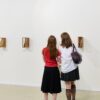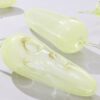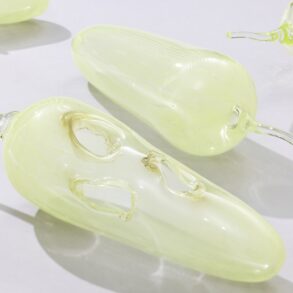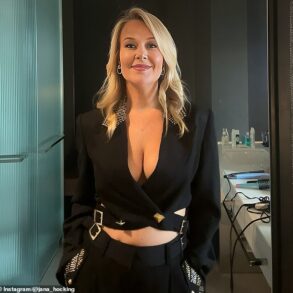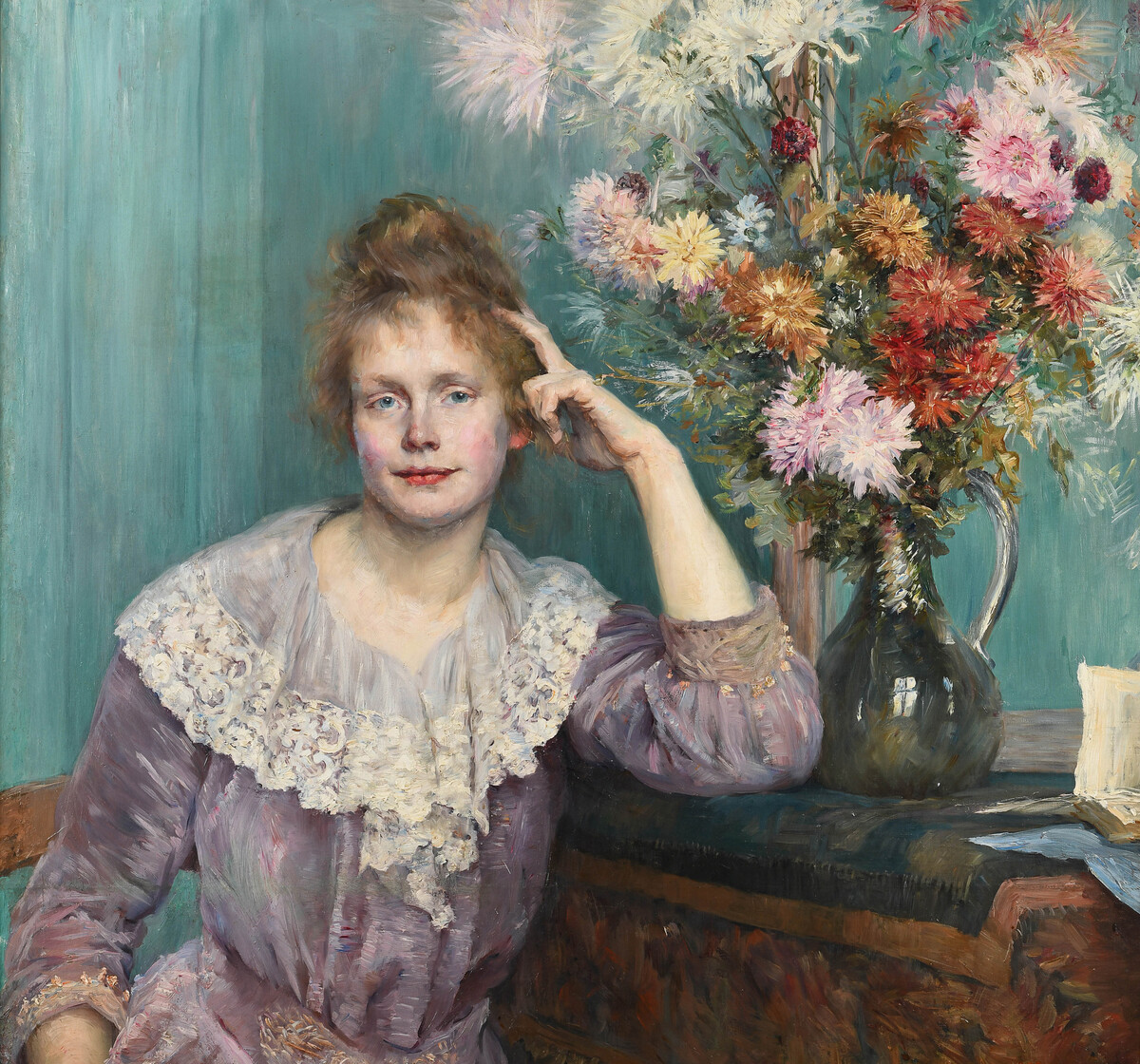
Modernism is unimaginable without the contribution of women artists. Not only well-known women painters and sculptors such as Louise Breslau, Ottilie W. Roederstein, and Marg Moll, but also many others successfully established themselves in the art world during the period around 1900. The Städel Museum is dedicating a major exhibition to these artists for the first time and discovers them anew.
The exhibition features women artists who, with great independence and professionalism, asserted themselves in an art world dominated by male “artist geniuses”—Erna Auerbach, Eugenie Bandell, Mathilde Battenberg, Marie Bertuch, Ida Gerhardi, Dora Hitz, Annie Stebler-Hopf, Elizabeth Nourse, and Louise Schmidt, to name just a few. Among the presented 80 paintings and sculptures are significant artworks from renowned US and European museums and numerous works from private collections, which are exhibited for the first time. Previously unpublished archival materials accompany the works. Photographs and letters tell of international studio collectives, the strategic importance of professional artist associations, and successes, but also of continual efforts to gain recognition. In Paris and Frankfurt alike, the women artists built international networks and supported one another. As influential teachers and art agents, some of them also shaped the history of the Städel Museum and Städelschule.
“In recent years the Städel Museum has devoted major exhibitions to successful women artists such as Käthe Kollwitz, Lotte Laserstein or Ottilie Roederstein. This summer we are presenting the Städel / Women to our public—26 modern women painters and sculptors in a single show. As the result of an extensive research project on the history of our institution and its collection, the Städel Museum has succeeded in reconstructing remarkable women artists’ biographies and locating lost works. We are thus closing gaps in the research while in turn opening doors for further study. This exhibition will fundamentally change our understanding of the situation of women artists around the turn of the last century and their influence on the development of modern art. I am deeply indebted to our lenders and sponsors, who once again have shown how essential their dedication is to the core aspects of our museum work,” Städel Museum director Philipp Demandt on the exhibition.
“Our exhibition concentrates on the artistic activities of women painters and sculptors between 1880 and the 1930s. We devote ourselves to three generations of women artists as well as the widely diverse interrelationships between the Frankfurt art world and the French art capital. Following a prologue exploring the circle of women artists around Ottilie Roederstein in Paris, the focus turns to the training situation for women at the Städel art school and Frankfurt’s new School of Arts and Crafts in the 1920s. We introduce these artists along with their individual achievements and highlight the widely branching networks with which they supported and encouraged one another. It is an exhibition about the self-empowerment of women artists who were no exception in their day,” the curators Alexander Eiling, Eva-Maria Höllerer, and Aude-Line Schamschula explain.
Widely different stylistically, the artworks of the exhibition testify to the diversity of women’s artistic approaches, while also mirroring the radical social and aesthetic upheavals of the time. In their art the women painters and sculptors undertook critical investigations of their own existence as artists in a male-dominated environment. They self-confidently presented themselves in the circles of their female friends and companions and called traditional gender roles into question. By depicting the nude body, they also claimed their right to a motif complex previously reserved for men. In the process, they not only availed themselves of painting and drawing but also increasingly entered the territory of sculpture, which on account of its technical and material requirements and the physical strain it involved was considered the “most masculine” artistic medium.
The exhibition is the result of a research project that started with the retrospective on the painter Ottilie W. Roederstein in 2022. The Roederstein-Jughenn Archive domiciled in the Städel Museum since 2019 provides insights into a network of women around Roederstein who supported and encouraged one another in matters of training and exhibiting, while also providing each other practical help. Another source of important findings was a re-examination of the Städel Museum’s historical archive with a view to the training situation of women artists at the Städelschule (Städel art school)—and thus a study of the institution’s own history.
Director: Dr Philipp Demandt
Curators: Dr Alexander Eiling (Head of the Modern Art), Eva-Maria Höllerer (curator, Modern Art), Aude-Line Schamschula (assistant curator, Modern Art)
Press contact: Pamela Rohde (Head of Press and Online Communication): presse [at] staedelmuseum.de / T (+49 69) 605098 170
Press material: newsroom.staedelmuseum.de/en (texts and images for download)
This post was originally published on this site be sure to check out more of their content

